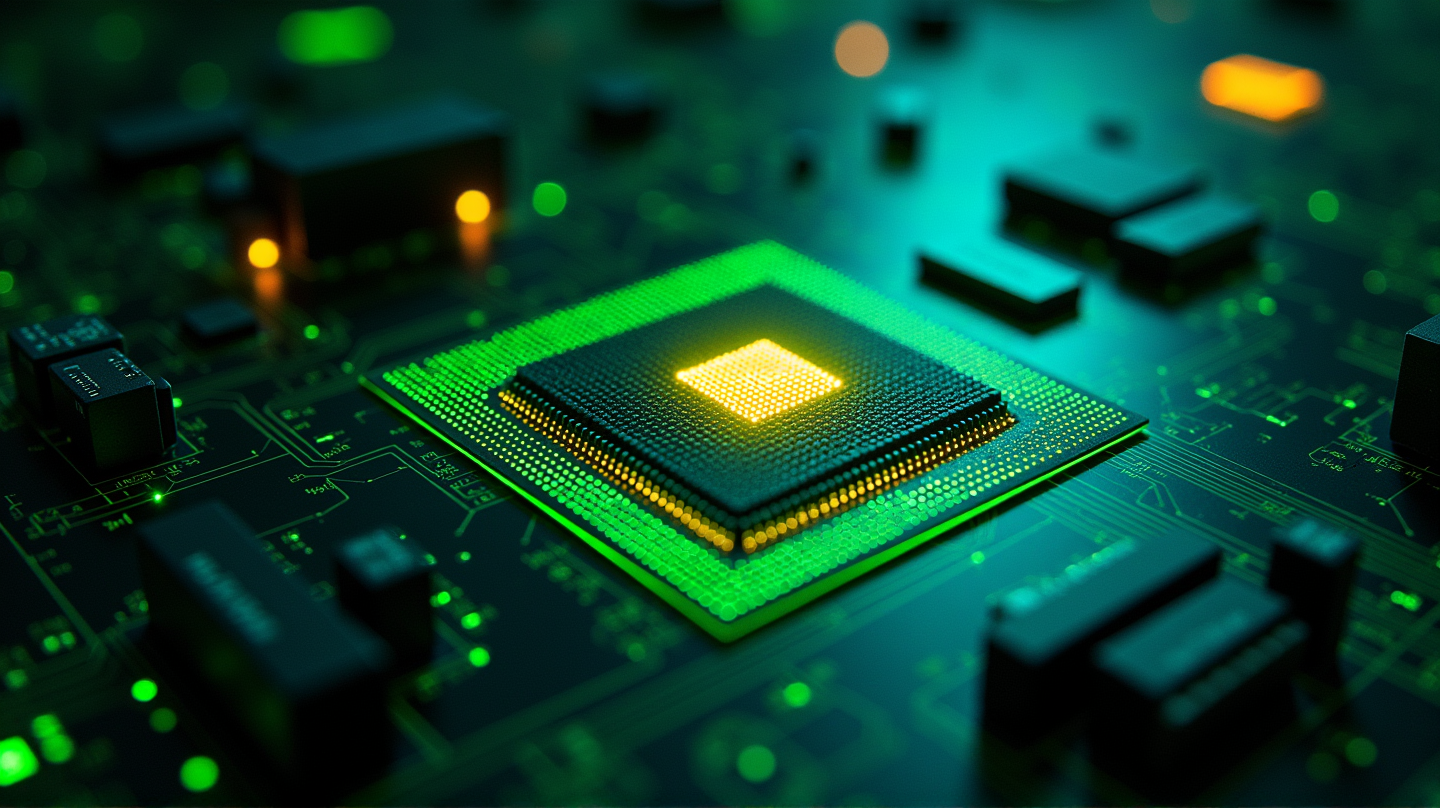Amid tightening US export restrictions and shifting global markets, Nvidia is taking a bold step with a new AI chip targeting the Chinese market, but the ripples of this move may wash far beyond China’s shores. According to Network World, this strategic initiative could set the stage for a new era in AI hardware deployment, sparking both opportunities and challenges for enterprises worldwide.
A New Player in the AI Arena
Set to debut in June, Nvidia’s newly minted GPU is a testament to adaptability and strategy; it’s a product born in response to the very real pressures of export controls. With a price tag hovering between \(6,500 and \)8,000, this chip aims to fill a gap left by its heftier predecessor, the H20, which, despite its power, was priced out of reach for many at \(10,000 to \)12,000.
Designed with a keen eye on cost-effectiveness, the chip eschews some high-end features for more basic but reliable components, such as standard GDDR7 memory, highlighting a tactical shift towards affordability.
Navigating Market Pressures
The decision to develop a China-specific chip was not made lightly. Nvidia, once holding a dominant market share of 95% in China, now finds itself grappling with a shrinking hold at 50%, as noted by CEO Jensen Huang. The release of this chip may not only stem that tide but also craft a blueprint for entering other guarded markets.
“Well-adjusted products tailored to meet regional demands can trigger widespread adoption,” suggests Neil Shah from Counterpoint Research. “In the economically diverse landscape of today’s AI markets, Nvidia’s strategy could force competitors to rethink their pricing and product lines.”
Gaining Global Traction
While risk accompanies this diversion from conventional offerings, the potential rewards are clear. With this new approach, Nvidia may not only bolster local sales but also influence global AI strategies, urging enterprises to rethink modular infrastructures and hybrid architectures.
“This strategy could ignite interest in cost-efficient AI deployments in emerging markets,” claims Manish Rawat of Techinsights. The affordable GPU may encourage the adoption of modular AI systems, which judiciously employ high-performance GPUs for training, complemented by the newly introduced chips for more routine tasks.
The Road Ahead
It’s not just Nvidia that stands to gain or lose in this intricate commercial dance. Competitors like AMD and Intel may soon find themselves responding to Nvidia’s cost-driven offensive. “Nvidia’s local approach in China could redefine price points internationally and strain AMD and Intel in cost-sensitive AI segments,” warns Rawat.
The challenge for Nvidia remains in balancing the compliance with export laws while continuing to capitalize on its hardware prowess. As global enterprises adapt to fragmented but flexible solutions, the tech industry watches closely, acknowledging that innovation often flourishes in the harshest of conditions.
Nvidia’s journey is a reminder that even in the face of regulatory hurdles, ingenuity finds a way to thrive, and this newest endeavor is a commendable stride in the dance of technological progress and compliance.
